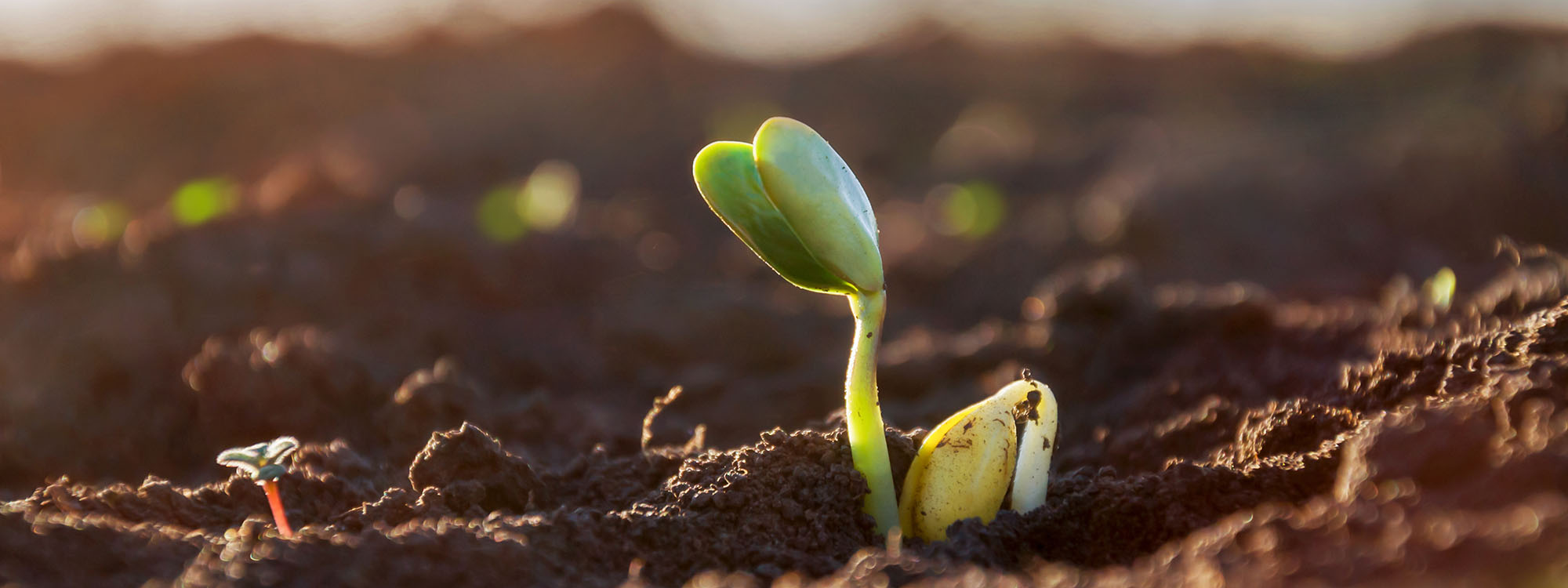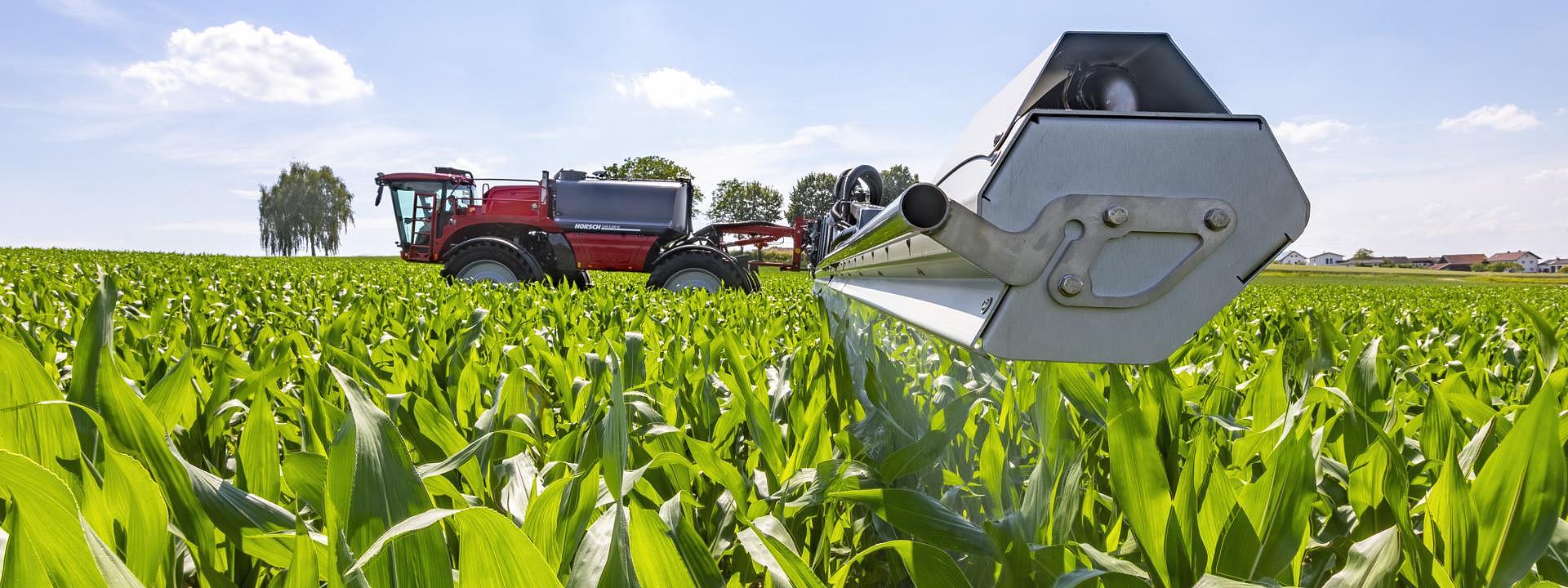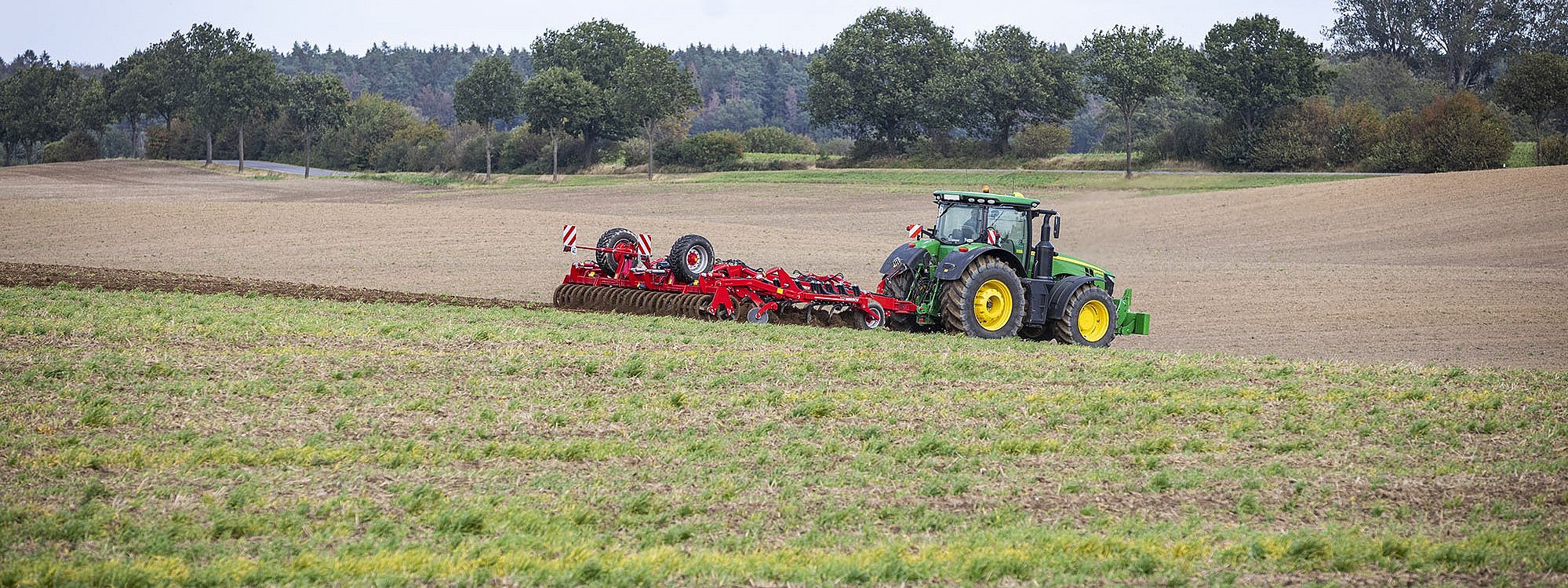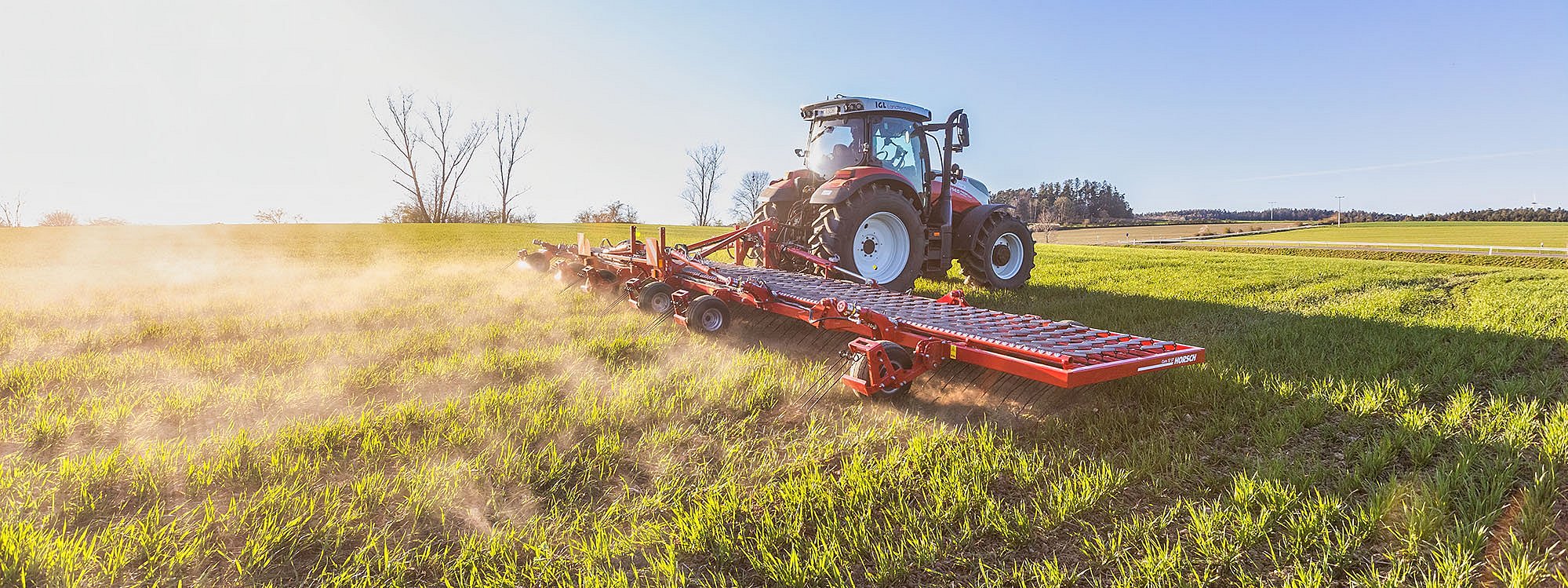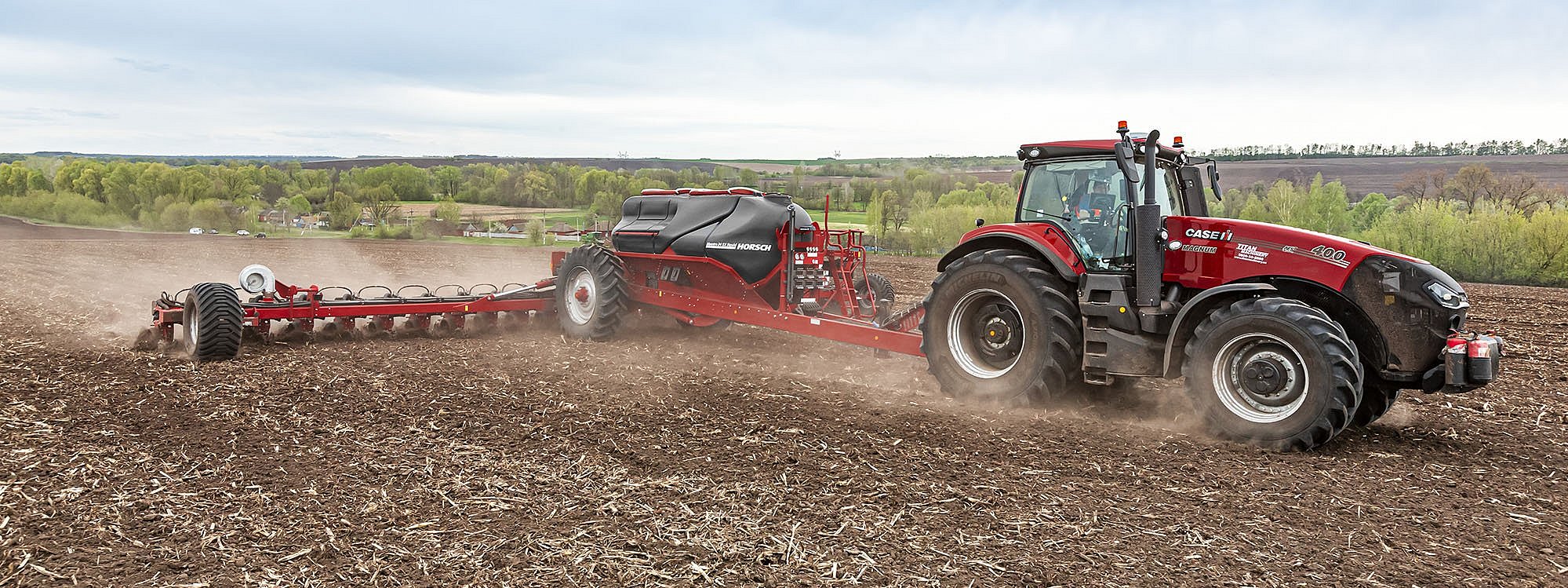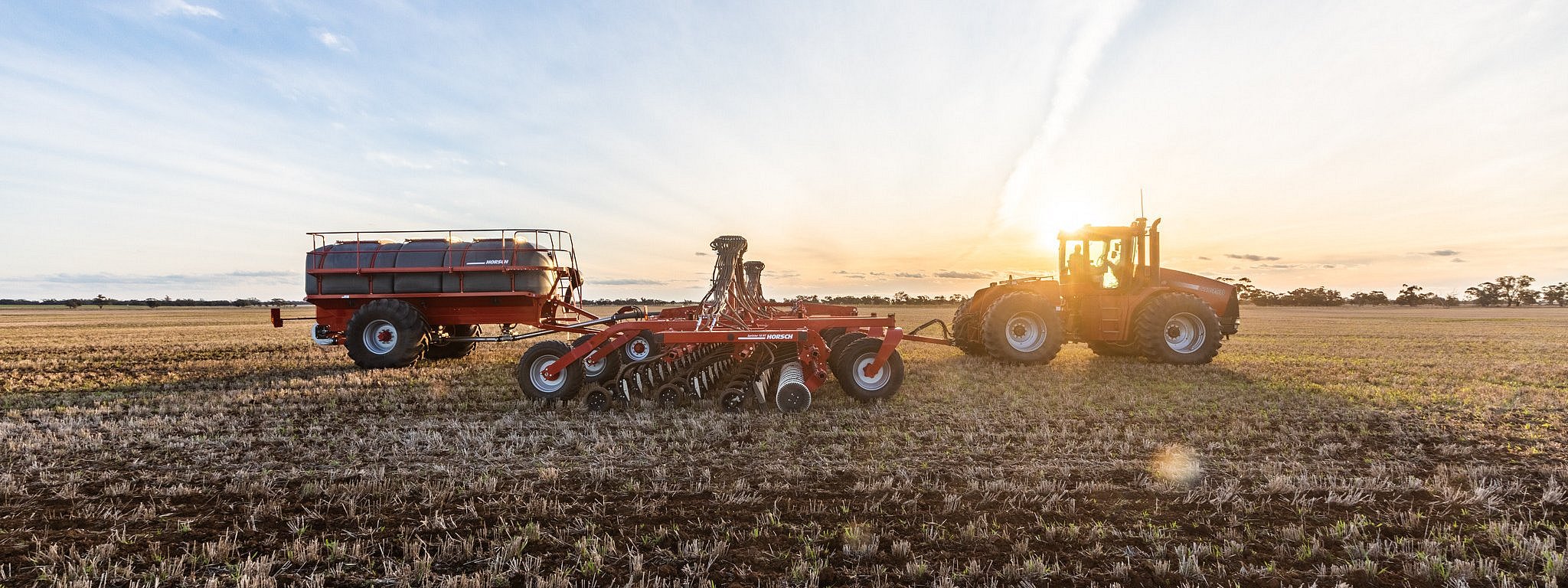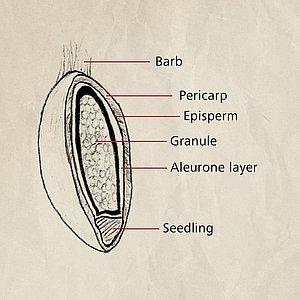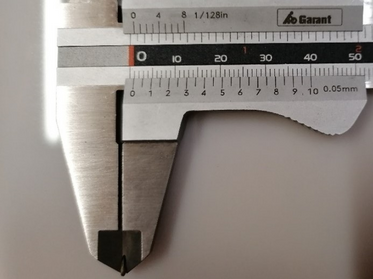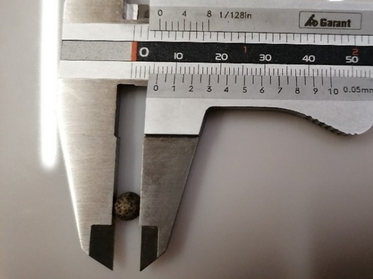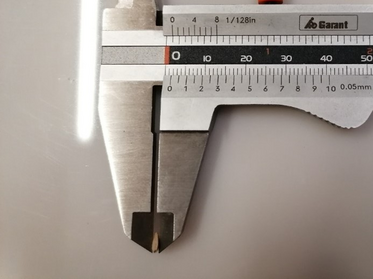Seedbed preparation – for an optimum embedding of the seed
You already know how to create an optimum seedbed where the roots “feel at ease” and, thus, to lay the base for an optimum root development and nutrient supply (Why do plants root deeply? – A question of optimum seedbed preparation?). But not only the roots have to be comfortable. While sowing, the seed, too, has special requirements on the embedding and thus the seedBED.
Let’s start again from the beginning:
A grain of any plant – whether cultivated plant or weed - creates the basis for the next generation and therefore is the origin of new life. Similar to the animal world, all plants aim to ensure the survival of their species by producing grains. This aim to ensure the own species for example can explain different ripening behaviours of one and the same crop in different climate zones and/or weather extremes. à In this respect you can observe that plants tend to reduce seeds to create at least some germinable grains and thus to ensure the survival of the species.
If you now approach the topic of seedbed preparation keeping in mind that every grain aims to propagate and to bear fruit, it is evident who determines the quality of the seedbed. Compared to us human beings you could say: I won’t start a family and I won’t build a house in conditions I do not like. This is why we have to create optimum conditions for the seed to help the plant get a successful start. Therefore, first of all, we will take a closer look at the germination process.
Germination
Sometimes germination depends on the size of the endosperm (= battery) of the seed. Depending on how long a seedling can manage with this battery, it has a chance to survive. Depending on the plant species the endosperm is larger or smaller. Therefore, for example some seeds in the soils remain germinable almost forever and others come up very poorly the very next year (e.g. wheat compared to dock). So as long as the conditions are not good enough, the seedling will not finish its dormancy.
- As soon as the seeds get in contact with water, they soak and swell (imbibition). In the course of swelling the energy transfer in the grain starts.
- The actual germination stimulus is triggered by water, temperature and nutrients. Thus, a metabolic process in the seed is set in motion where energy which is stored in the form of starch is converted into sugar and serves as food for the seedling.
How can we now build a bridge back to our seedbed? The germination behaviour of the crop that is to be sown determines how the bed has to be made, e.g. the placement depth is specified.
Placement depth
The placement depth is crucial for an optimum start of the grains and, thus, also for regular emergence and homogeneous populations. It mainly depends on the requirements of the seedling. If you for example bury a seed that needs light for germination too deeply, it will not start to germinate. Or most of the germinated grains will not manage to get the seedling to the surface.
A little help to determine the optimum placement depth is the grain itself. If we measure the diameter of the grain and multiply it with 10, we approximately get the optimum placement depth. Here are some practical examples:
Now let’s move from the placement depth to the seedbed. As we explained in the last blog article, our plant wants to embed our grain optimally in its bed (bed sheet, mattress).
Seedbed
If we have a seed that needs light for germination, we must not put a large cover (in the figurative sense) over it. For the seedbed preparation this means: The seedbed has to be consolidated and have a fine crumbly surface structure. If there are coarse clods, the small, fine seeds would fall too deeply into the ground between them.
If we want to prepare the optimum seedbed before a thermophilic crop, our objective is a dry, well aerated surface. This is the only way for the soil to heat up quickly in the sun after cold nights.
Summary
The objective of every grain is to propagate. This is why we have to help the seed get a good start and create optimum germination conditions.
What can you deduce from all this for seedbed preparation in practice?
- Placement depth of the seed
- If we measure the diameter of the grain and multiply it with 10, we approximately get the optimum placement depth.
- For for example seeds that need light for germination
- Well consolidated seedbed with fine crumbly surface structure
- For for example thermophilic crops
- Dry and well aerated surface as a seedbed
It is not for nothing that the adjustments of seed drill and cultivator are adapted according to the crop. In addition to all these aspects with regard to seedbed preparation which can only be attributed to our plant, the environment and the course of the year also determine some framework conditions for an optimum seedbed preparation.
So stay tuned and be curious what we will tell you in the third article about seedbed preparation. And where it makes sense to use which technology.
